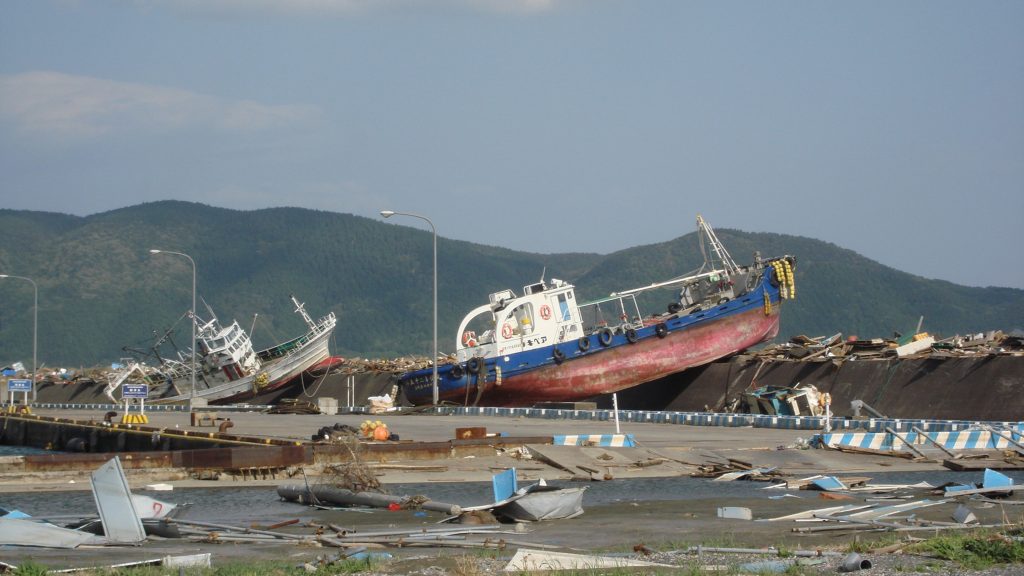Meeting rising needs: Seismic design standards for piers and wharves

In May 2023, we arrived in İskenderun, Türkiye, as part of an earthquake reconnaissance trip for ASCE’s Coasts, Oceans, Ports, and Rivers Institute. Our work was to observe and report on the damage after the devastating February 2023 Kahramanmaraş earthquakes, which caused widespread damage and tens of thousands of fatalities.
Our first stop was once a ferry terminal, but it was most recently used as a public fishing pier. As we approached the waterfront on foot, we were taken aback by the immediate damage to a space that had been so important to the community. The transition from sea to shore was muddled and muddy due to ground settlement. Decorative teal blue railings led unnaturally to a large pool of dirty water. A wide stretch of gentle, lapping water stood where the ferry terminal entrance ramp would normally have met dry land. The site had clearly settled, a symptom of soil liquefaction seen throughout İskenderun, causing damage to the structure at the interface.
The scene was unforgettable, but marine structures can experience much worse earthquake damage. From previous reconnaissance trips and industry experience, we have seen the horrible effects of these seismic events. We have seen sites where the soil backlands had moved several feet toward the sea and caused fissures large enough to trap a pickup truck. We have visited locations at which entire wharves had collapsed into the water, piles were completely ruptured at the deck, and ships had been picked up by tsunamis and placed, ironically, on top of the marine structure.
Considering these examples, it is clear that—although earthquakes’ locations and severity may vary—the primary issues of soil instability and ductile detailing are constant throughout waterfront infrastructure. The seismic design of marine structures has made incredible advances over the last few decades, in part due to the lessons learned on these reconnaissance trips, and those advancements have been incorporated into ASCE 61, Seismic Design of Piers and Wharves.
Publisher
Civil Engineering Magazine